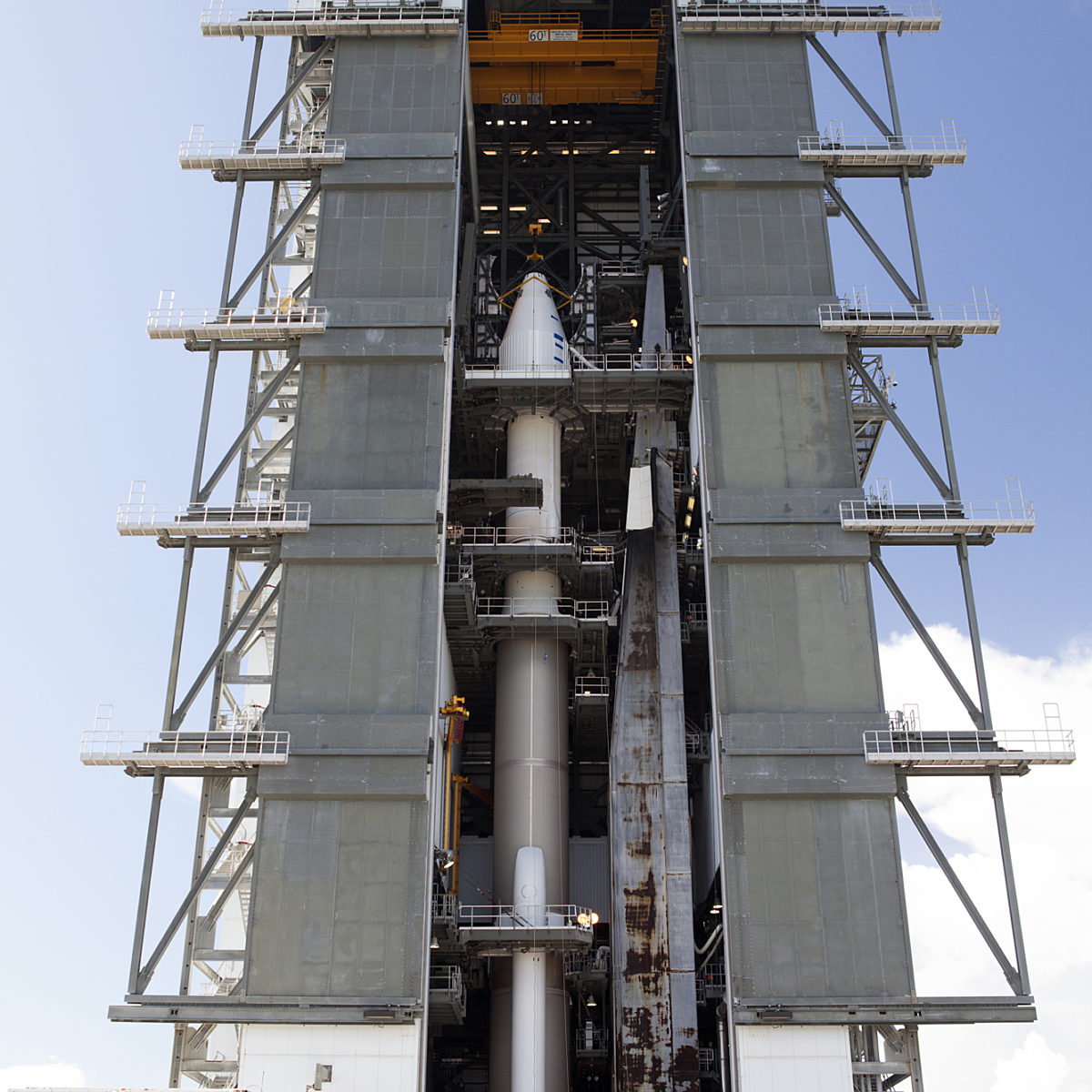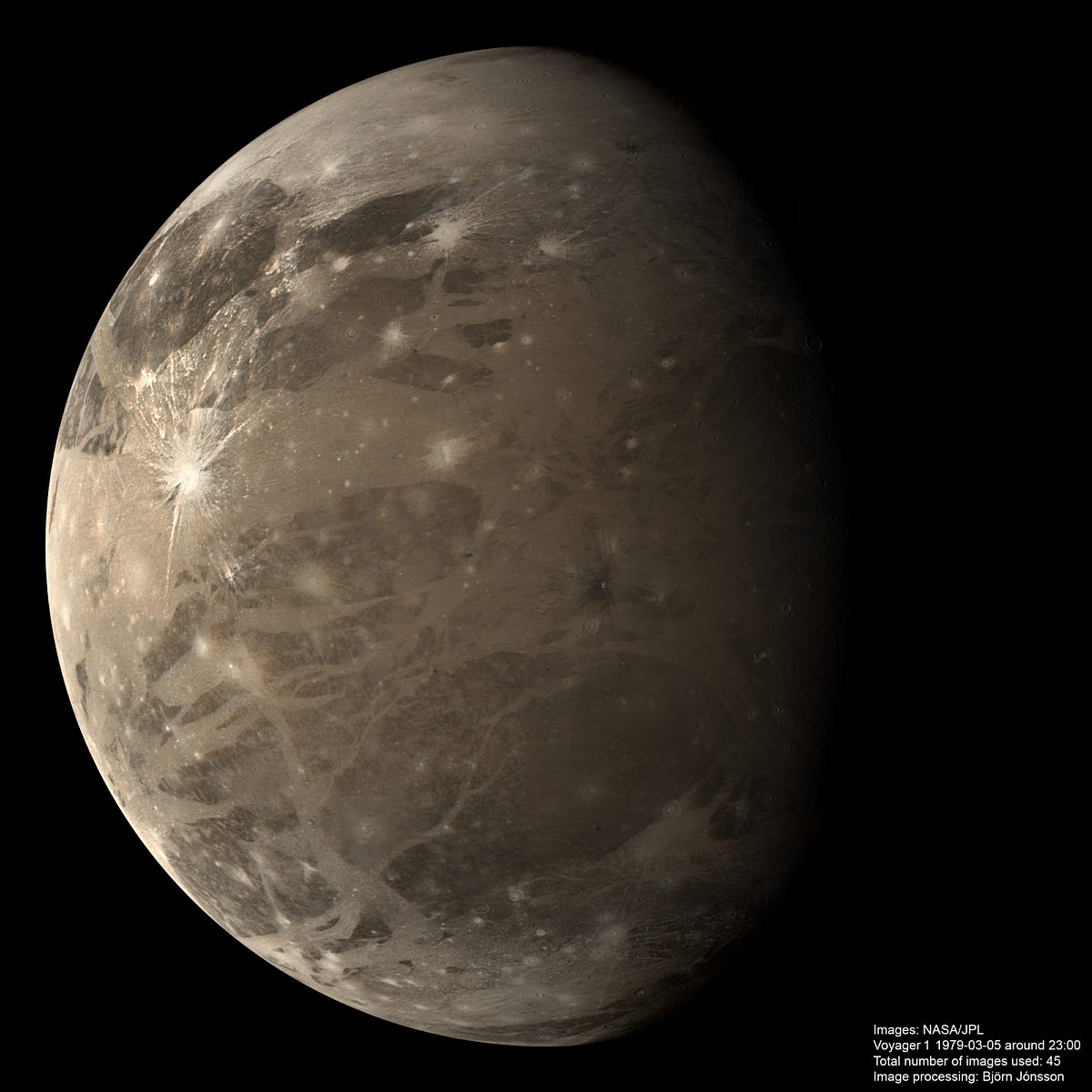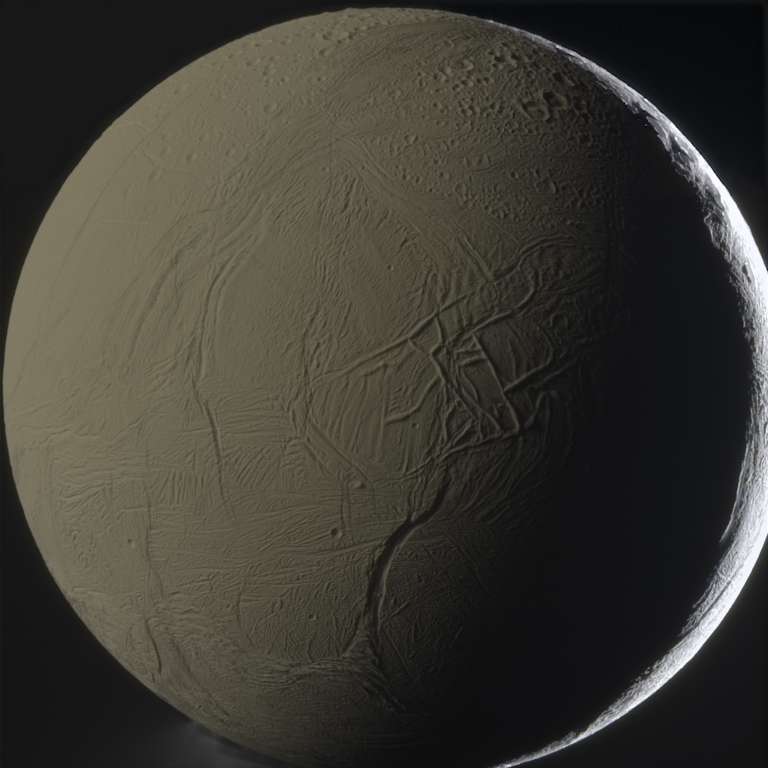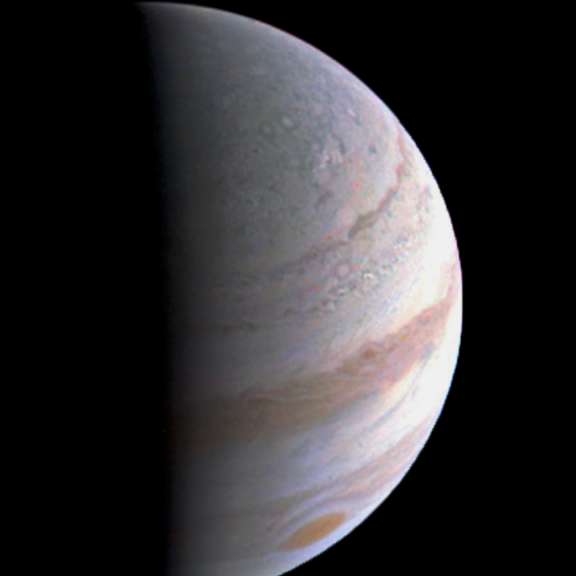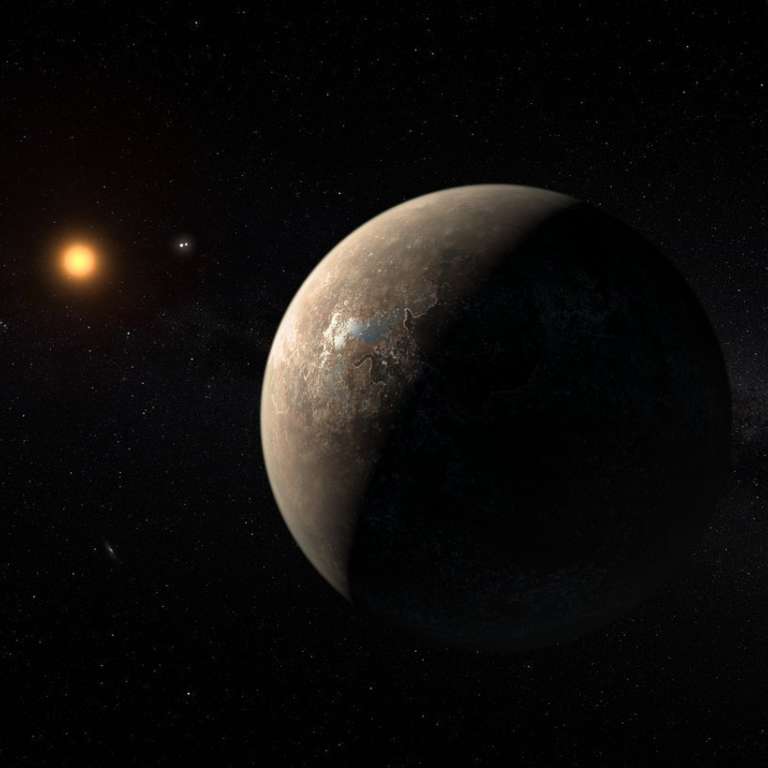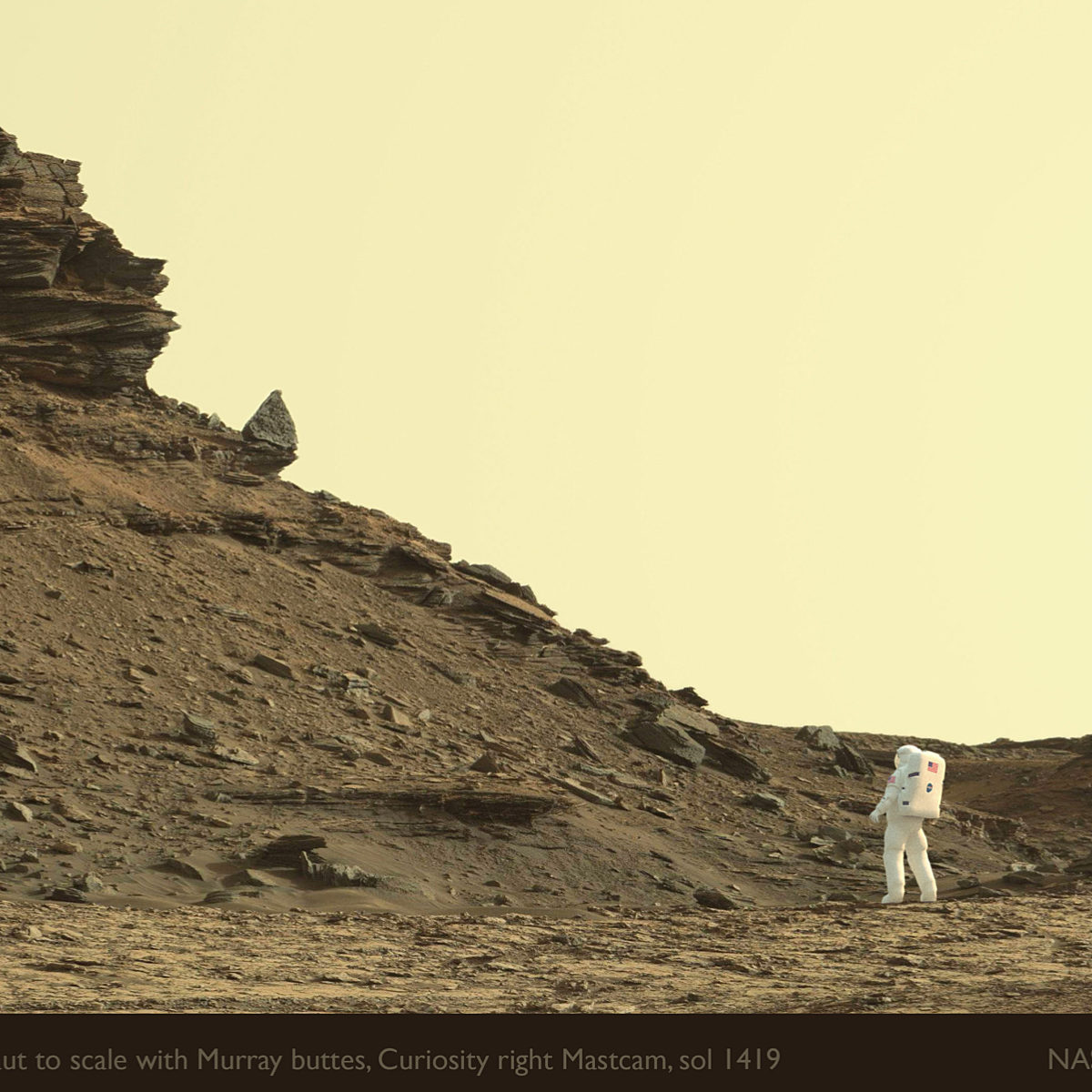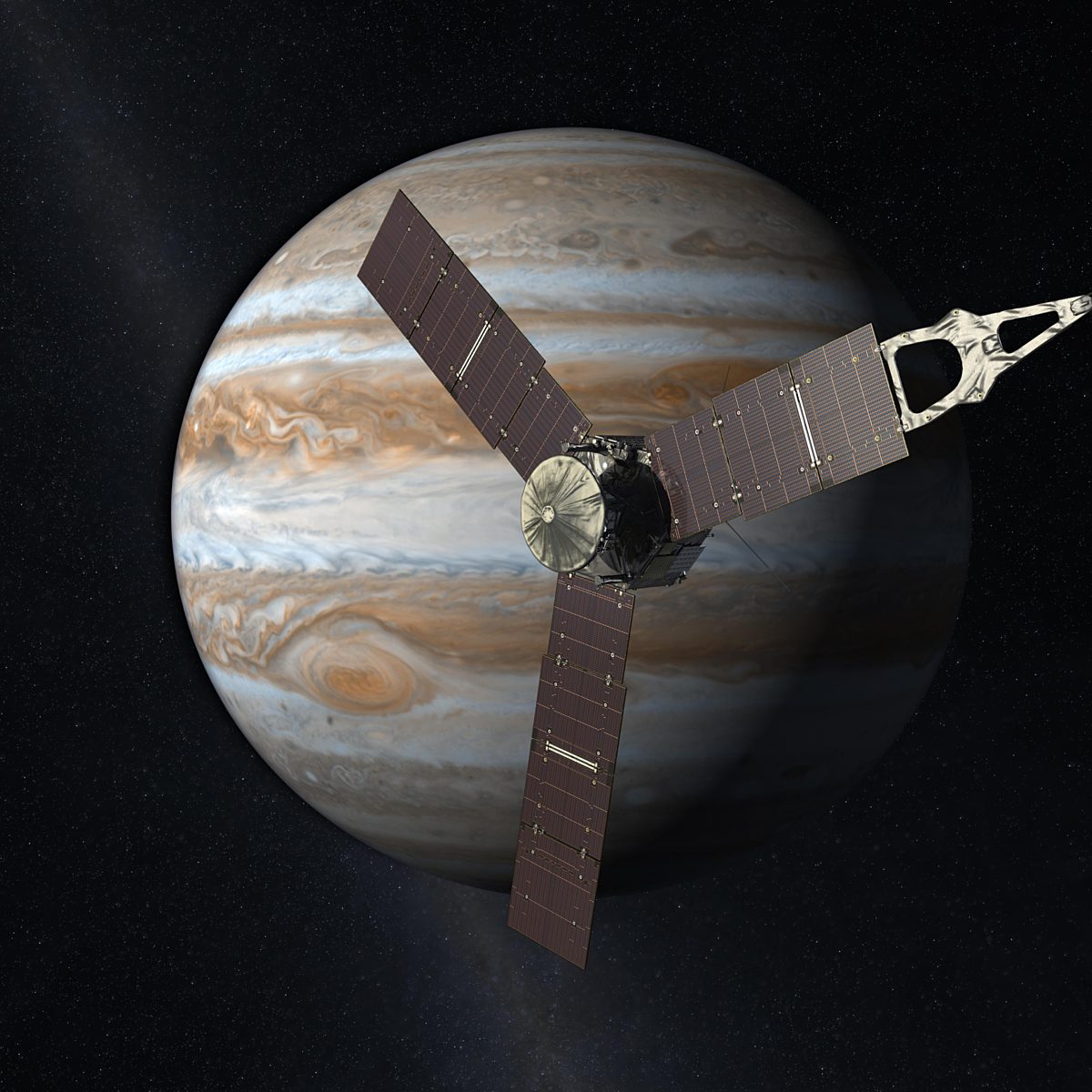All
All
Stories, updates, insights, and original analysis from The Planetary Society.
OSIRIS-REx is on the launch pad, ready for the big day
The OSIRIS-REx mission passed its flight readiness review yesterday, clearing the way for the spacecraft to launch on Thursday, September 8. Here's a schedule of next week's NASA TV briefings and a photo album of the launch preparations.
Join The Planetary Society on social media for an epic #RocketRoadTrip
From September 6-16, The Planetary Society is visiting four NASA centers focused predominantly on the agency’s Journey to Mars program. Follow us on social media with the hashtag #RocketRoadTrip.
Juno's instruments return riches from first perijove
On August 27, Juno soared across Jupiter's cloud tops from pole to pole, with all instruments operating. NASA posted some terrific first results from several of the instruments today. And the JunoCam team released all 28 raw images taken during the close encounter.
Dawn Journal: Diving Low
Following the conclusion of Dawn's ambitious 8.8-year prime mission on June 30, the spacecraft has been gathering a wealth of data with all sensors in its extended mission as it orbits closer to Ceres than the International Space Station is to Earth.
SpaceX's Falcon 9 rocket explosion: What we know and don't know
A SpaceX Falcon 9 rocket exploded on the launch pad at Cape Canaveral this morning. Here's what we know and don't know.
What's up in the solar system, September 2016 edition: OSIRIS-REx launches, Rosetta ends
The month of September begins with an annular solar eclipse visible from much of Africa on September 1. On or after September 8, we'll see OSIRIS-REx launch into a two-year cruise toward a rendezvous with asteroid Bennu. But September will close, sadly, with the end of the wonderful Rosetta mission.
Will Juno’s Instruments Observe the Moons of Jupiter?
It is not easy to observe Jupiter’s moons as more than points of light with Juno, because Juno will never get very close to any of the moons, but as its orbit shifts there will be opportunities to collect data on some of the moons.
Let’s be careful about this “SETI” signal
Several readers have contacted me recently about reports that a group of international astronomers have detected a strong signal coming from a distant star that could be a sign of a high-technology civilization. Here’s my reaction: it’s interesting, but it’s definitely not the sign of an alien civilization—at least not yet.
Selecting the Next New Frontiers Mission
NASA’s managers have begun the process for a competition to select a new planetary mission to launch in the mid-2020s that will address one of the most important questions in planetary science.
Juno's first Jupiter close approach successful; best JunoCam images yet to come
NASA announced this afternoon that Juno passed through its first perijove since entering orbit successfully, with science instruments operating all the way. This is a huge relief, given all the unknowns about the effects of Jupiter's nasty radiation environment on its brand-new orbiter.
Proxima Centauri b: Have we just found Earth’s cousin right on our doorstep?
What began as a tantalizing rumor has just become an astonishing fact. Today a group of thirty-one scientists announced the discovery of a terrestrial exoplanet orbiting Proxima Centauri. The discovery of this planet, Proxima Centauri b, is a huge breakthrough not just for astronomers but for all of us. Here’s why.
How big is that butte?
Whenever I share images from Curiosity, among the most common questions I’m asked is “what is the scale of this image?” With help from imaging enthusiast Seán Doran, I can answer that question for some of the Murray buttes.
JunoCam "Marble Movie" data available
Since a few days after entering orbit, JunoCam has been taking photos of Jupiter every fifteen minutes, accumulating a trove of data that can be assembled into a movie of the planet.
Space in transition: How Obama's White House charted a new course for NASA
Our Horizon Goal series on NASA's human spaceflight program continues with part 3, in which newly elected President Barack Obama and his transition team search for a NASA administrator, commission a review of the Constellation program and decide whether to extend the life of the ISS.
OSIRIS-REx launch preview
Launch day is coming for NASA's next interplanetary explorer! OSIRIS-REx is on schedule for launch on September 8, 2016 at 19:05 EDT (16:05 PDT, 23:05 UTC) from Cape Canaveral Air Force Station. OSIRIS-REx is the first NASA planetary launch since MAVEN in 2013, and will be the last until InSight in 2018.
Gullies on Mars: Wet or Dry (Ice)?
Martian gullies were in the spotlight last week thanks to a NASA press release stating they were
Juno’s other ‘cameras’
Juno’s science goals are to understand the origin and interior of Jupiter, focusing specifically on its atmosphere and magnetic field. Cameras can help answer some of these questions.
Photos: OSIRIS-REx prepares for launch
Only 24 days remain until the opening of OSIRIS-REx's launch period, and final preparations are underway. There is a lot to do in the final months before a launch, but things seem to be going well.
Russia may lower its ISS crew complement from three to two
A Russian newspaper report, confirmed today by NASA, says Roscosmos may lower its ISS cosmonaut complement from three to two.
Curiosity update, sols 1373-1427: Driving up to Murray buttes, drilling at Marimba
Curiosity has now covered most of the flat ground that lay between the Naukluft plateau and the Murray buttes. The mission took only 11 days to complete drilling work at Marimba, despite a recurrence of a problematic short in the drill. The rover is ready to drive in among the buttes, shooting spectacular photos along the way.


 Explore Worlds
Explore Worlds Find Life
Find Life Defend Earth
Defend Earth


 Sun
Sun Mercury
Mercury Venus
Venus Earth
Earth Mars
Mars Jupiter
Jupiter Saturn
Saturn Uranus
Uranus Neptune
Neptune Small Bodies
Small Bodies